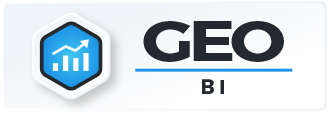When location is a critical factor in your operations, choosing the right business intelligence (BI) tools isn’t just important—it’s mission-critical. Whether you’re managing field teams, optimizing delivery routes, analyzing customer clusters, or expanding into new territories, the right BI platform should help you connect location data with business performance.
The most effective BI tools for location-heavy operations don’t just report numbers, they visualize patterns, reveal opportunities, and guide your next move with confidence. This article explores the key features to look for, compares the top options on the market, and explains how Mapline’s unique location intelligence capabilities help you stay ahead.
Why Location Matters in BI
In industries where physical presence is a driving factor—like logistics, field services, healthcare, retail, and franchises—knowing where things happen is as important as knowing what happens. Location-based business intelligence tools turn raw spatial data into actionable insights, enabling better decisions about coverage, resource allocation, and market opportunities.
From tracking delivery performance by region to mapping sales density, location intelligence software brings geographic context to your KPIs. This means you’re not just looking at performance, you’re understanding it in relation to the real-world environments you operate in.


Pro Tip: Pair Mapline’s territory mapping with real-time performance dashboards to keep every decision grounded in both business results and geographic context. This dual view helps ensure you’re making the right moves in the right place
Key Features for Location-Heavy BI
Choosing the best business intelligence tools for location-intensive workflows means prioritizing capabilities that merge location analytics with broader data insights. The ideal platform should not only capture raw geographic data but also transform it into visualizations that reveal patterns and opportunities at a glance. For many businesses, this includes integrating maps directly into dashboards, enabling teams to drill down into performance by territory, route, or service area.
Real-time updates and predictive modeling are also critical, ensuring decisions are based on the most current and relevant information. The more seamlessly your BI tool can combine spatial and operational data, the faster you can act on emerging trends and address performance gaps. By focusing on these location-aware features, companies can turn their BI investment into a true competitive advantage.
Location Intelligence Software Integration
Your BI platform should integrate seamlessly with location intelligence tools so you can layer business performance data over geographic maps. This makes it easier to identify patterns and understand regional differences at a glance.
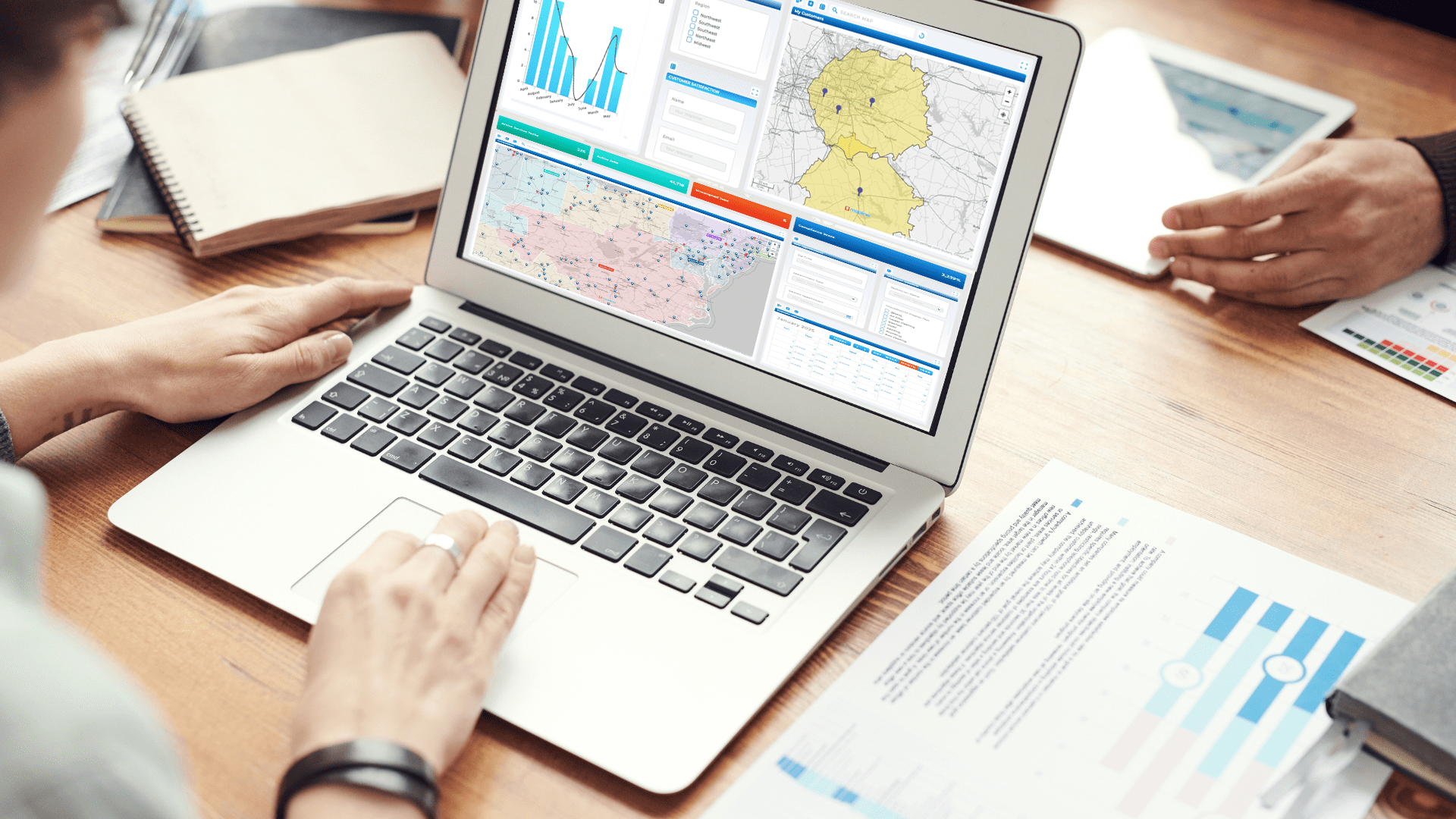
Spatial Data Analysis
Spatial analytics tools enable you to measure distances, analyze coverage gaps, and compare performance by location. This is especially valuable for optimizing territories or planning expansions.
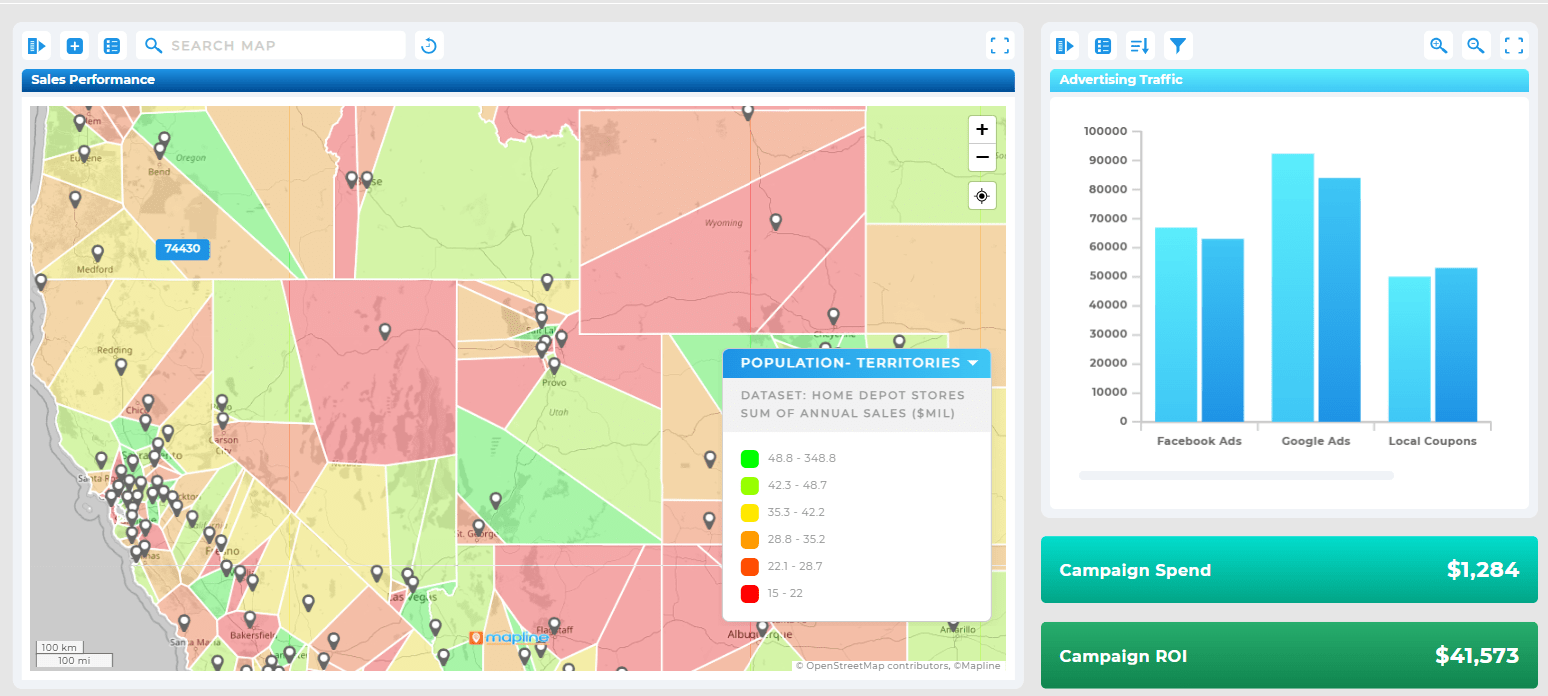
Geospatial Visualization Capabilities
Business intelligence tools with strong geospatial mapping make it possible to create heat maps, plot customer locations, and visualize regional KPIs without relying on external mapping tools.
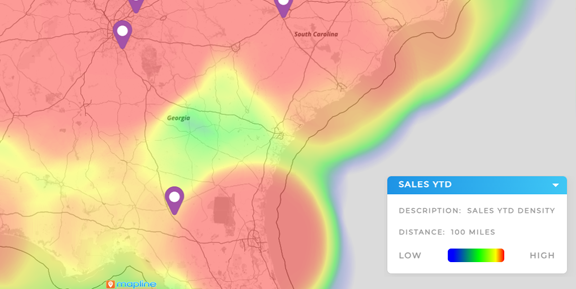
Real-Time and Predictive Insights
For location-heavy operations, timing is everything. Real-time updates and predictive analytics help you make faster, more informed decisions about routing, resource allocation, and market targeting.
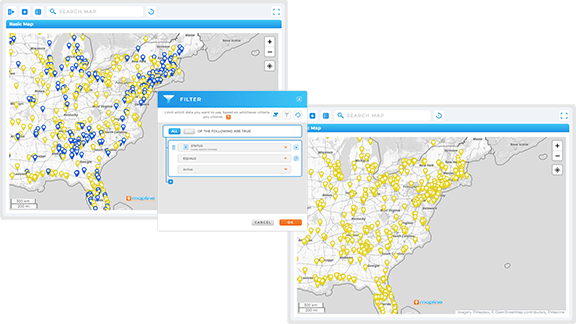
Comparing Business Intelligence Tools with Location Intelligence
Some BI platforms offer strong general analytics but fall short when it comes to location-based insights. Others, like Mapline, are built from the ground up with location intelligence in mind, making them ideal for businesses where geography drives strategy.
Here’s how popular options stack up:
Tableau
Known for rich visualization, Tableau offers geospatial analysis through mapping features. However, users may need additional integrations or data prep for territory optimization.
Power BI
Microsoft’s Power BI has mapping capabilities via ArcGIS integration, but advanced location intelligence features often require third-party add-ons.
Mapline
Mapline combines business intelligence with powerful location intelligence features—like custom territory mapping, spatial data analysis, and routing—directly within one platform. This eliminates the need for complex integrations while ensuring insights are tied directly to location-based performance.
Business Intelligence Tools by Industry
Every sector with heavy location dependencies can benefit from combining BI with spatial analytics. Here’s how:
Logistics & Supply Chain
Visualize delivery routes, optimize fleet coverage, and identify geographic bottlenecks in your supply chain.

Field Services & Maintenance
Assign teams based on proximity, balance workloads by territory, and monitor service-level performance by region.

Retail Expansion & Site Planning
Identify underserved markets, analyze competitor proximity, and model the impact of new store openings.

Healthcare & Home Services
Map patient or client density, optimize travel time for staff, and ensure regional coverage aligns with demand.
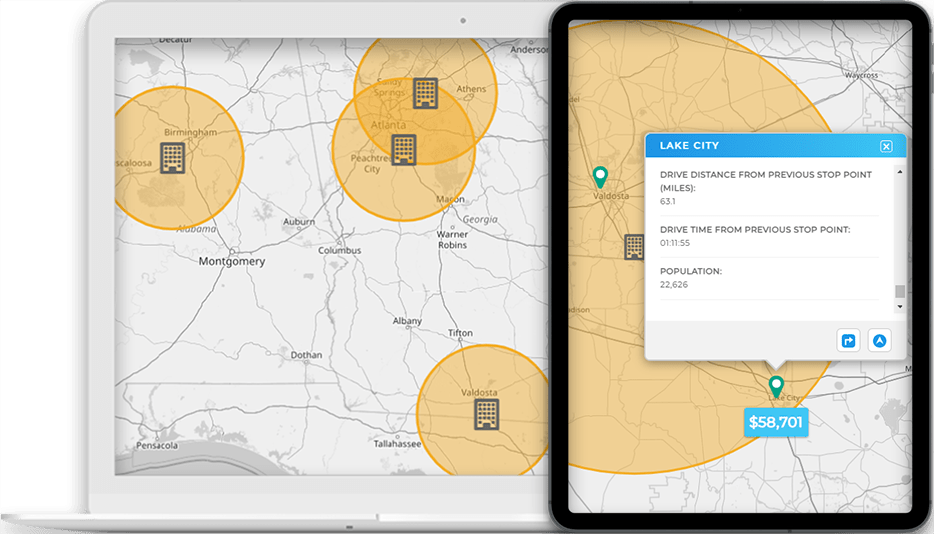
How Mapline Stands Out in All Business Intelligence Tools
Mapline’s all-in-one business intelligence tools and location intelligence solution is designed to make spatial analytics simple and powerful. With intuitive mapping, territory management, and geo-optimized routing, your team can go from data to action without jumping between multiple platforms.
Whether you’re optimizing technician schedules, tracking sales by region, or deciding where to expand next, Mapline gives you location-aware insights in just a few clicks.
Location intelligence software combines geographic data with business information to help companies make better decisions. It’s especially useful for analyzing patterns, coverage, and performance across different regions.
Spatial data analysis reveals patterns and relationships that are invisible in traditional reports, such as geographic clusters, travel inefficiencies, or underserved markets.
Unlike general BI tools that require third-party integrations for mapping, Mapline integrates advanced location intelligence directly into its platform, making it faster and easier to use.
Yes. Mapline offers geo-optimized routing and scheduling features alongside its BI capabilities, making it ideal for location-heavy operations.
Logistics, retail, healthcare, field services, and any business that manages resources or customers across multiple locations can benefit significantly.






